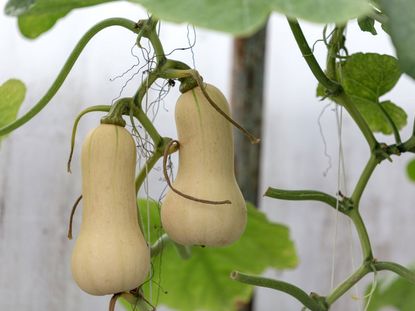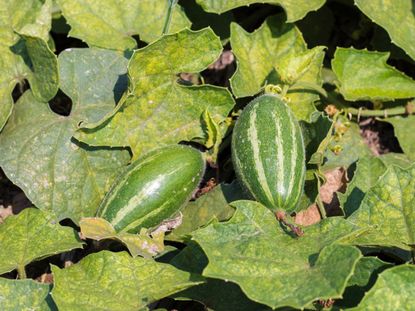Squash
Growing squash plants isn’t difficult once you know the basics for the proper care of squash. Learning how to grow squash successfully includes becoming familiar with the types of squash grown, what conditions they prefer, and common squash pests or diseases that may affect them. So to find out more about growing squash plants, continue reading for advice on the general care of squash in the garden.
Squash
-
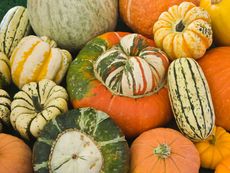
Sweetest Squash To Grow: 6 Best-Tasting Squash Varieties For Your Kitchen Garden
If your quest for the sweetest squash to grow and harvest is feeling fruitless, worry not. We reveal the very best-tasting squash varieties.
By Amy Grant
-
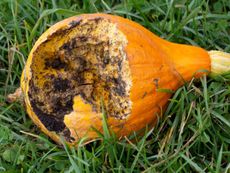
What’s Eating My Squash? How To Protect Squash Plants
If you see bites, scratches and missing chunks on your prized squash plants, learn which animals are helping themselves.
By Bonnie L. Grant
-
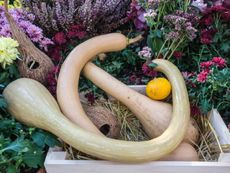
Wonderful And Weird Squash Varieties You Should Grow
Learn all about the fascinating and peculiar varieties of squash and pumpkins that are new or making a comeback.
By Bonnie L. Grant
-
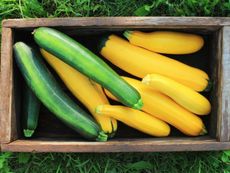
Is Zucchini A Squash? Get To Know The Difference
Is zucchini the same as a summer squash? Is there a difference between zucchini and squash? Click here for these answers and more!
By Laura Miller
-
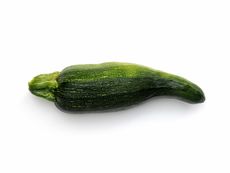
What Causes Deformed Zucchini And Squash?
Do you have weird looking zucchini or other garden squash? Learn why it happens and what to do.
By Amy Grant
-
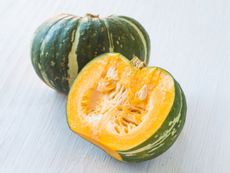
Kabocha Squash Growing Tips – Learn About Kabocha Squash Pumpkins
Kabocha winter squash pumpkins are smaller than pumpkins but can be used in much the same way. Read on to learn how to grow kabocha squash.
By Amy Grant
-
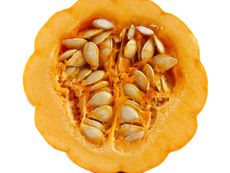
Grocery Store Squash Seeds - Can You Grow Squash From The Store
Planting seeds from store-bought squash sounds like a cost-effective way to obtain seeds, but does it work? Read on to find out.
By Amy Grant
-
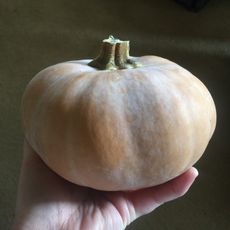
Butterkin Squash Information – How To Grow Butterkin Squash Plants
Butterkin squash is one of those rare and exciting events: a new vegetable. A cross between a butternut squash and a pumpkin, the butterkin squash is very new to the commercial market, both for growing and eating. Learn more about it in this article.
By Liz Baessler
-
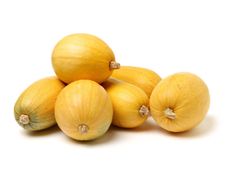
Spaghetti Squash Ripeness: Will Spaghetti Squash Ripen Off The Vine
If you have varying results when growing spaghetti squash, like fruit that doesn't seem to be quite ready to pick, yet Mother Nature has other plans, you may wonder will spaghetti squash ripen off the vine. Learn more in this article.
By Amy Grant
-
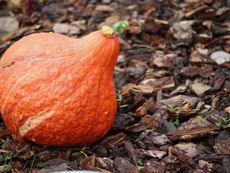
Hubbard Squash Care - How To Grow Hubbard Squash Plant
Green pumpkin refers not only to the color of the fruit at the time of hubbard squash harvest but also to its sweet flavor, which can be substituted for pumpkin. Learn more about how to grow hubbard squash here.
By Amy Grant
-
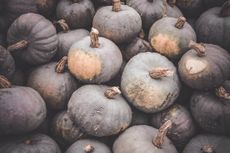
What Is A Blue Hokkaido Squash: Learn About Blue Kuri Squash Care
If you love squash but want to diversify, try growing Blue Hokkaido squash plants. What is a Blue Hokkaido squash? Only one of the most prolific, multi-use winter squash varieties available, plus, it’s beautiful. Click this article for more information.
By Amy Grant
-
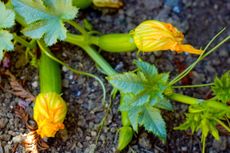
Pollinate Squash By Hand - Instructions For How To Pollinate Squash By Hand
Most of the time, when you plant squash, you have bees that come around to pollinate the blossoms. However, sometimes you have to do it yourself. You can hand pollinate squash by following a few simple steps in this article.
By Kathee Mierzejewski
-
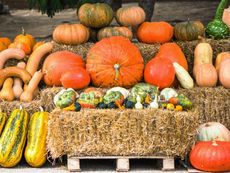
The Differences Among Pumpkin and Squash and Gourds
What are the differences among pumpkins, squash and gourds? Read on to learn how to tell them apart.
By Laura Miller
-
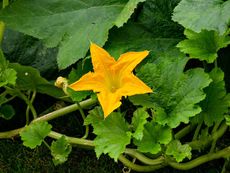
Stem Splitting In Squash, Cucumbers, And Melons
Have you noticed stem splitting in your squash, cucumbers, or melons? Click here to learn about causes and solutions for splitting stems in cucurbits.
By Laura Miller
-
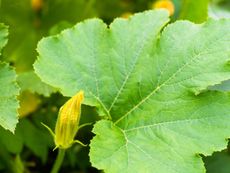
Can You Eat Squash Leaves From The Garden?
Learn all about how to prepare the green parts of squash plants for tasty nutrition.
By Bonnie L. Grant
-
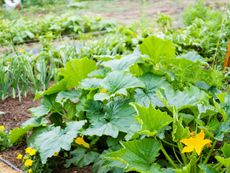
Companion Planting Squash In The Garden
The Three Sisters method is a time-honored tradition in which corn, beans and squash are planted together. But corn and beans aren't the only companion plants for squash.
By Laura Miller
-
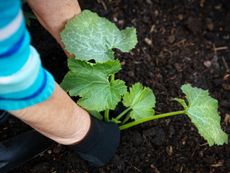
Prevent Squash Vine Borer By Planting Early Or Late
If Squash Vine Borers have paid a visit to your squash, pumpkins, melons or cucumbers, we are sorry. But there are ways to help!
By Amy Grant
